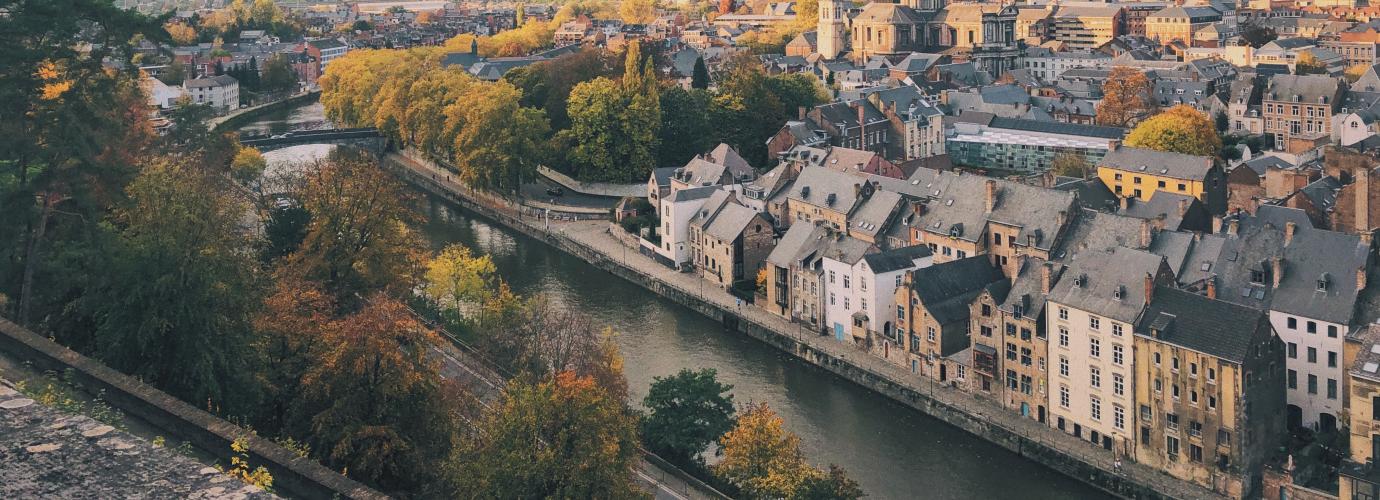With regard to the French Community, it should be emphasised that the section on ‘General upper secondary education’ relates to the second and third stages (CITE 3, four years), and not just upper secondary education (three years). However, the third specific differentiation and orientation year (3 S-DO) is mentioned in the section about the first stage: although 3 S-DO is part of the second stage, it belongs neither to general education nor to qualification education, and therefore cannot be described in the pages distinguishing the education streams in the second part of the description of secondary education.
The sections below present the transition stream, that offers the following forms of education :
- General ;
- Technical ;
- Artistic.
The transition stream prepares pupils for higher education whilst also offering opportunities to enter the labour market.
Types of institutions
See Organisation of Lower Secondary Education
Although most secondary education institutions organise all three stages, some only provide the second and third stages.
Moreover, the forms and streams offered may vary from one secondary education institution to the next, under certain conditions.
Secondary education may also be organised by social advancement institutions that provides learners with an opportunity to acquire qualifications that they failed to obtain in their initial education.
Geographical accessibility
See Organisation of Lower Secondary Education
Admission requirements and choice of school
See Organisation of Lower Secondary Education
Parents’ freedom of choice
See Organisation of Lower Secondary Education
Conditions for admission to the third year (2nd stage) of transition education
The following regular pupils may be admitted to the third year of general transition stream, technical transition stream, artistic transition stream, technical qualification-stream or artistic qualification-stream education :
- those who have obtained the certificate for the first stage of secondary education (CE1D) ;
- those who are oriented by the class council into a third year of secondary education in the forms and streams defined by it ;
- those who have successfully completed the third year of full-time vocational secondary education and in respect of whom a favourable opinion is issued by the admissions board ;
- those who have successfully completed the third year of dual vocational secondary education and training and in respect of whom a favourable opinion is issued by the admissions board.
An admissions board bases its assessments on the information that it is possible to gather about the pupil. Depending on the case, this information may relate to :
- his or her study record ;
- the results of tests organised by the teachers ;
- information contained in the school record or communicated by the Centre for Psychological, Medical and Social Services ;
- meetings with the pupil and parents.
The decisions are recorded in minutes signed by the head of a school or his representative and by two members of the board.
Age levels and grouping of pupils/students
See Organisation of Lower Secondary Education
Pupils that have not repeated a year are aged between 14 and 18 years old, if they attend 3rd, 4th, 5th and 6th grade.
The number of pupils in a class therefore varies according to the grouping of pupils and the options they are offered, but certain maximums have been set by the decree on class sizes of 3 May 2012 (décret "Taille des classes"). These numbers are always lower for laboratory courses, professional practice, as well as when safety so requires.
|
Years of study |
Courses |
Average to be respected (calculated annually on the basis of the classes organised by degree) |
Maximum number of students in each class |
|
3rd and 4th general education |
All except laboratory courses |
26 |
29 |
|
Laboratory courses |
16 |
19 |
|
|
5th and 6th general education |
All except laboratory courses |
29 |
32 |
|
Laboratory courses |
16 |
19 |
|
|
From 3rd to 6th technical and artistic transitional education |
All except laboratory courses |
26 (including when pupils are grouped together with pupils from the third stage of general education) |
29 (including when pupils are grouped together with pupils from the third stage of general education) |
|
Laboratory courses |
16 |
19 |
Organisation of the school year
See Organisation of Lower Secondary Education
Organisation of the school day and week
See Organisation of Lower Secondary Education
In the second and third stages of transition-stream secondary education, pupils attend school for at least 28 periods of 50 minutes per week (a total of 1400 minutes per week).
The maximum number of hours varies according to the form, stream and stage.
In general education, the maximum is 32 periods per week, but this can be increased to 34 (in the second and third stages) or even 35 or 36 periods (in the third stage) for pupils taking certain courses (languages and science in particular).
In transition-stream technical education, the maximum is 34 periods per week, but this can be increased to 36 (in the second and third stages) or even 37 periods (in the third stage) for pupils taking certain courses.
In transition-stream artistic education, the maximum is 36 periods per week.
Two individualised remediation and/or reorientation periods may be organised in addition to the maximum number of periods per week.

